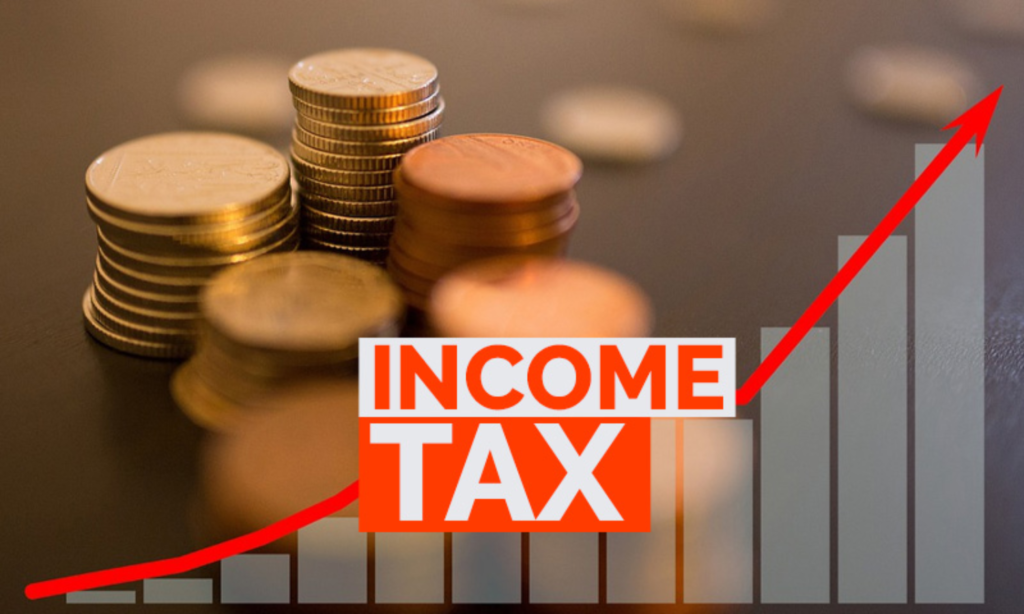Revolutionize Your Savings: Standard Deductions for Salaried Individuals Explained

When it comes to income tax, understanding the standard deduction for salaried individuals under both the new and old tax regimes is crucial. These deductions can significantly affect how much tax you owe and help you plan your finances more effectively. This comprehensive guide will delve into the details, compare the regimes, and help you make an informed decision.
What Is a Standard Deduction?
A standard deduction is a fixed amount subtracted from your gross salary to reduce your taxable income. It is designed to provide relief to taxpayers by simplifying the process of claiming deductions. Instead of itemizing multiple expenses, individuals can claim this single deduction.
Importance of the Standard Deduction
The standard deduction is essential for salaried individuals as it:
- Simplifies Tax Filings: No need to maintain detailed records of expenses.
- Reduces Taxable Income: Leads to lower tax liability.
- Provides Uniform Benefits: Applicable to all salaried individuals, regardless of income level.
Standard Deduction Under the Old Tax Regime
The old tax regime offers multiple exemptions and deductions, including the standard deduction. As of the financial year 2023-24, the standard deduction for salaried individuals is ₹50,000. This amount is subtracted from the gross salary before calculating the taxable income.
Key Features of the Old Tax Regime:
- Higher Deductions: In addition to the standard deduction, individuals can claim deductions under sections such as 80C (investments), 80D (medical insurance), and others.
- Multiple Exemptions: Includes allowances like House Rent Allowance (HRA) and Leave Travel Allowance (LTA).
- Best for High Earners: Suitable for individuals with significant investments or eligible expenses.
Example Calculation:
Suppose your annual salary is ₹10,00,000, and you’re eligible for deductions under Section 80C (₹1,50,000) and Section 80D (₹25,000). Here’s how the taxable income is calculated:
Gross Salary: ₹10,00,000
Standard Deduction: ₹50,000
Section 80C Deduction: ₹1,50,000
Section 80D Deduction: ₹25,000
Taxable Income: ₹7,75,000
Standard Deduction Under the New Tax Regime
The new tax regime was introduced to simplify tax filings by reducing the number of exemptions and deductions. Initially, it did not offer a standard deduction. However, starting from the financial year 2023-24, the standard deduction of ₹50,000 is now applicable under the new regime as well.
Key Features of the New Tax Regime:
- Lower Tax Rates: Offers reduced tax rates compared to the old regime.
- Limited Exemptions: Does not allow most exemptions and deductions, such as HRA or LTA.
- Straightforward Approach: Best suited for individuals who do not wish to invest in tax-saving instruments.
Example Calculation:
For an annual salary of ₹10,00,000, the taxable income under the new regime would be:
- Gross Salary: ₹10,00,000
- Standard Deduction: ₹75,000
- Taxable Income: ₹9,25,000
Old vs. New Tax Regime: Key Differences
Understanding the differences between the two regimes is essential for selecting the one that best suits your financial goals.
Aspect | Old Tax Regime | New Tax Regime |
Standard Deduction | ₹50,000 | ₹75,000 |
Tax Rates | Higher | Lower |
Exemptions | Available | Limited |
Deductions | Available | Not Available |
Best For | High earners with investments | Simplified filing, low earners |
Benefits of Choosing the Right Tax Regime
Selecting the appropriate tax regime is crucial as it can:
- Optimize Savings: Minimize tax liability based on your income and expenses.
- Simplify Tax Compliance: Choose the new regime for a hassle-free process or the old regime for maximized benefits.
- Align with Financial Goals: Ensure your tax strategy supports your investment objectives.
How to Choose Between the Two Regimes
Here’s how you can decide which regime to choose:
- Evaluate Your Expenses: If you have high eligible expenses and investments, the old regime might be more beneficial.
- Calculate Your Tax Liability: Use an online tax calculator to compare your liability under both regimes.
- Consider Your Financial Habits: The new regime is ideal for individuals who prefer straightforward filing without managing multiple investments.
Frequently Asked Questions (FAQs)
1. Can I switch between the old and new tax regimes?
Yes, salaried individuals can switch regimes every financial year when filing their income tax returns (ITR).
2. Is the standard deduction applicable for pensioners?
Yes, pensioners receiving income under the head “salaries” can also claim the standard deduction of ₹50,000.
3. Which regime is better for middle-income earners?
Middle-income earners with moderate expenses and investments may find the new regime more beneficial due to lower tax rates.
4. Are there any additional deductions in the new regime?
No, the new regime is designed to eliminate most deductions, including those under Section 80C and 80D.
Understanding the standard deduction for salaried individuals in both the new and old tax regimes is essential for effective tax planning. While the old regime offers extensive deductions and exemptions, the new regime simplifies the filing process with lower tax rates. Evaluate your financial situation, calculate your tax liability, and choose the regime that aligns with your goals. By doing so, you can maximize savings and ensure a hassle-free tax experience.


